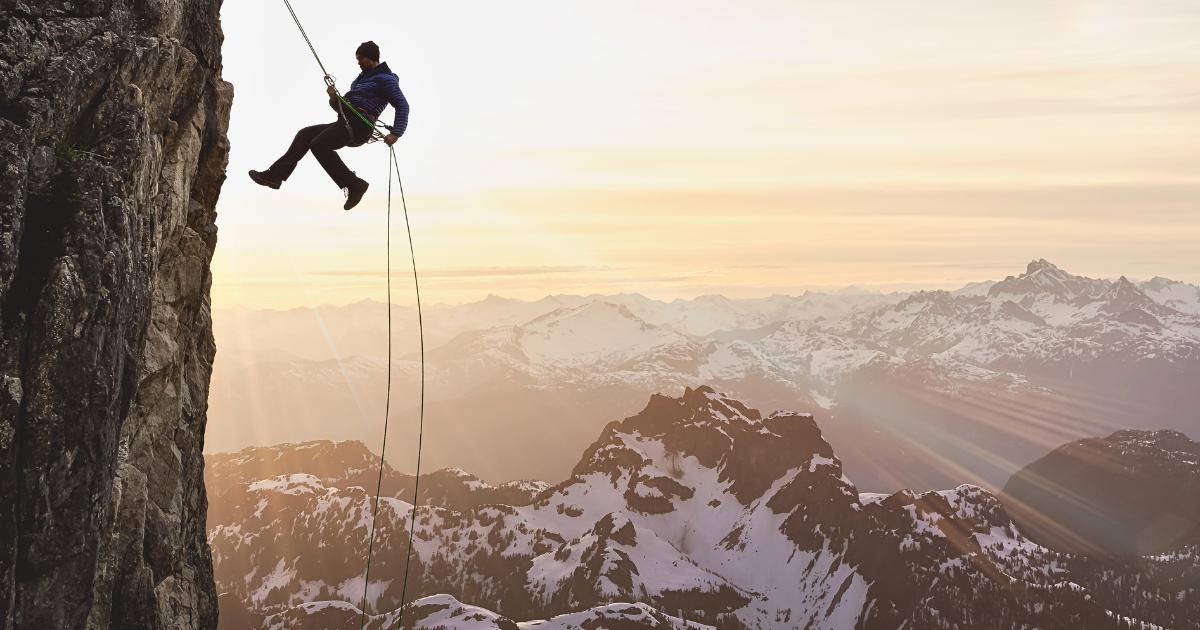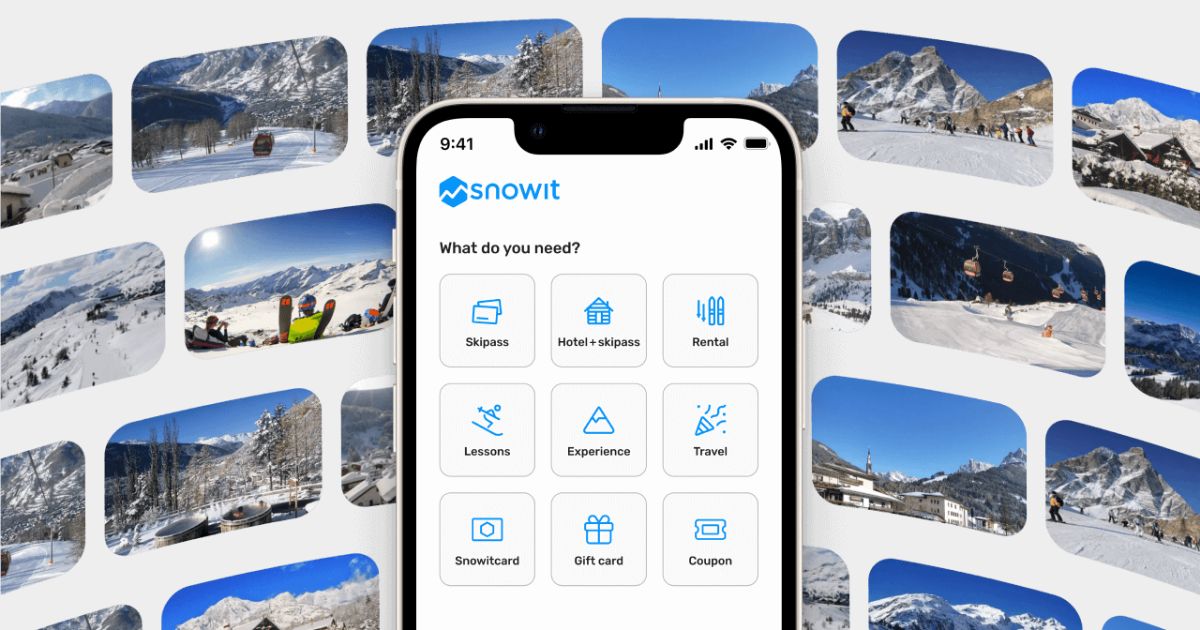Alpine skiing, popular in 19th-century Europe, continues to enchant winter sports enthusiasts with its perfect blend of technique, charm and speed.
In this article we will explore the pillars of alpine skiing-from athletic preparation to the various disciplines, distinguishing it from ski mountaineering, which are often confused.
We will also offer a look at some of the top locations where lovers of the sport can fully enjoy their passion.
A journey through the peaks and challenges of one of the world’s most fascinating winter sports.
Alpine skiing: preparation, slopes and disciplines
Alpine skiing is much more than downhill skiing. As a comprehensive discipline, it requires a combination of technical skill and athletic preparation.
Skiers face a variety of challenges, and it is their skills that determine their success on the slopes. Let’s take a look together at what this discipline involves.
Alpine skiing athletic preparation
Alpine skiing requires comprehensive strength and endurance development of various parts of the body, including the legs, buttocks, hips, abdominals and lumbar region. To meet these challenges, skiers intensively engage in off-season training, which includes:
- Weight training: to improve strength and endurance;
- Aerobic training: activities such as running, help develop cardiorespiratory endurance;
- Muscle flexibility and joint mobility training: through stretching exercises, athletes improve their agility and reduce the risk of injury during intense snow performance.
Playground
The natural theater of downhill skiing is the ski slope, a stretch of mountain slope specially equipped with lifts and snowpack treatment.

The difficulty of a slope depends on its longitudinal and cross slope, expressed as a percentage of distance traveled and elevation gain. This grading system provides skiers with a clear understanding of the level, marked by different colors:
- Blue slopes: these are the easiest slopes, with a gradient of less than 25%;
- Red slopes: are suitable for the intermediate level and have a maximum slope of 40%;
- Black slopes: the most difficult slopes with slopes between 40 and 80%. What is your slope?
What is your slope? Discover the thrill of skiing with Snowit: buy your ski pass online and get ready for an unforgettable descent
Disciplines of alpine skiing
Each discipline of alpine skiing is distinguished not only by the profile of the slope, but also by the specific techniques required to successfully navigate the various trails.

This complex mosaic of specialties not only reflects the diversity of the skiing experience, but offers opportunities to develop a full range of skills. Here are the six disciplines:
Here are the six disciplines:
- Downhill: while the simplest discipline in format, it requires maximum speed, often exceeding 80 mph. This is the most famous and at the same time the riskiest specialty, characterized by long runs and daring jumps.
- Slalom (or Special Slalom): it is a technical discipline with snappy movements, close gates and the shortest track among all other events.
- Giant Slalom: compared to slalom, it is faster and more technical due to the larger radius of the turns.
- Super-G (Super Giant): blends the speed of downhill with the turns of giant slalom. Featuring a smaller elevation gain and closer gates, racers compete in a single run, where the winner is whoever completes the course in the shortest time.
- Parallel Slalom: this is a simultaneous race between two skiers on the same and parallel courses. There is also a team version (Team Parallel Slalom) that has eight total players on the slope.
- Combined: the combined event in alpine skiing consists of a downhill or super-G followed by a slalom. The final ranking is obtained by adding up the times of the two runs.
The main differences with ski mountaineering
Alpine skiing and ski mountaineering are two very different disciplines, differing significantly in their goals, equipment, and approaches. The main difference is how one reaches the summit: alpine skiing takes advantage of ski lifts, ski mountaineering does not.
In recent years, ski mountaineering has been gaining popularity: savings or philosophy? Either way, it means experiencing the mountains purely and totally immersed in the snowy mountain landscape.
Here are the key differences:
Scope of practice
Alpine skiing is a sport that takes place primarily on specially prepared slopes in ski resorts, while ski mountaineering takes place in natural environments, often on off-piste and unprepared terrain.
Equipment
Alpine skiers use specialized equipment, such as downhill skis and hard boots with fixed bindings. Ski touring equipment is lightweight, and skiers often go up the mountain with sealskins or other climbing equipment.
Objective
While alpine skiing focuses on technique and descent, ski mountaineering embraces the philosophy of the mountain and its exploration as an appreciation of it.

Clothing
Alpine skiers often wear suits or jackets and pants that are waterproof and warm, with a focus on impact protection at high speeds. Ski mountaineering athletes prefer lightweight, breathable clothing, as they can generate a lot of heat while climbing. However, they must be prepared for variable weather conditions during the descent.
Safety
Alpine skiing accidents can occur, especially at high speeds, but skiers are protected by safety nets and equipment on the slopes.
Because of practicing in natural and often remote environments, alpine skiers must be self-reliant in terms of safety. Attention to hazard assessment, terrain knowledge, and the use of safety devices such as ARTVA (avalanche victim search device) is critical.
Accessibility
Alpine skiing is accessible to anyone, including beginners and families. Ski resorts offer infrastructure, courses and slopes suitable for all levels. Ski mountaineering requires more technical and physical preparation. Mountaineering skiers must be able to cope with the challenges of climbing and have navigational skills in mountain environments.
The best destinations where to practice alpine skiing
Prominent destinations for alpine skiers emerge in the landscape of the Alps. The Dolomites, famous for their groomed slopes, offer a unique experience, with options to suit various skill levels. Sestriere , in the Vialattea ski area, adds a dynamic touch to skiing and a lively atmosphere.
Those seeking more demanding challenges can opt for Bormio , with its iconic Stelvio slope, an itinerary that tests even the most experienced skiers. Courmayeur , in the picturesque setting of the Aosta Valley, offers a mix of alpine charm and fine dining.
For those who want to discover Italy’s most beautiful and difficult slopes, these resorts are an ideal starting point. The variety of the Dolomites, the energy of Sestriere, the challenge of Bormio and the charm of Courmayeur create a perfect itinerary for alpine skiers seeking unique experiences on Italy’s alpine slopes.
Go skiing with Snowit
In closing, we hope that this journey of discovery of alpine skiing has aroused curiosity. Now it’s time to turn that curiosity into action, ready to immerse yourself in exciting challenges?
By purchasing ski passes online with Snowit, your passport to the best resorts and ski areas is just a click away. Choose the convenience, flexibility and excitement of skiing down scenic slopes.
Not just a ski pass, but the key to open the doors to an extraordinary winter. Let your passions guide you and get ready to experience alpine skiing like never before.









